Visiting all the UNESCO World Heritage sites in Italy is one of the items on our bucket list.
Italy currently has the highest number of UNESCO World Heritage sites in the world. From historic city centers to amazing archaeological ruins, and from majestic mountains to picturesque coasts, Italy’s UNESCO World Heritage sites will make fabulous additions to your Italy trip itinerary.
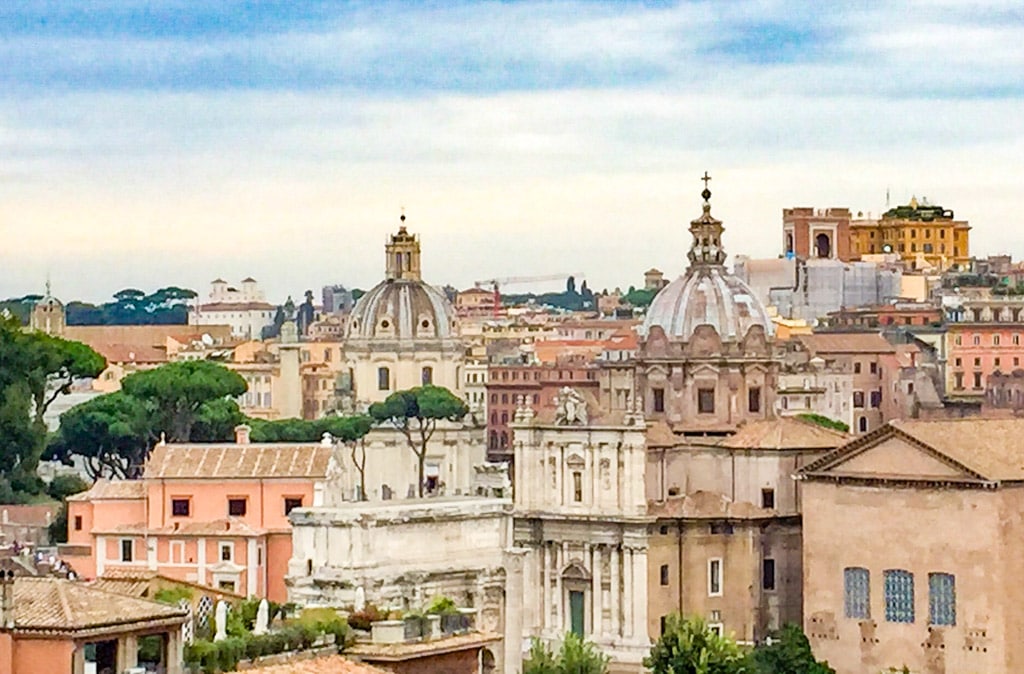
Some links on this page may be affiliate links. If you click an affiliate link and make a purchase, we may receive a small commission, at no extra cost to you. For more details, refer to our disclosure.
We’ve visited several sites on the list on our visits to Italy, and I can’t wait to return, to visit the rest.
Meanwhile, I asked travel blogger colleagues for their favorite UNESCO sites in Italy. Based on the responses, here are the most stunning UNESCO World Heritage sites in Italy you must visit!
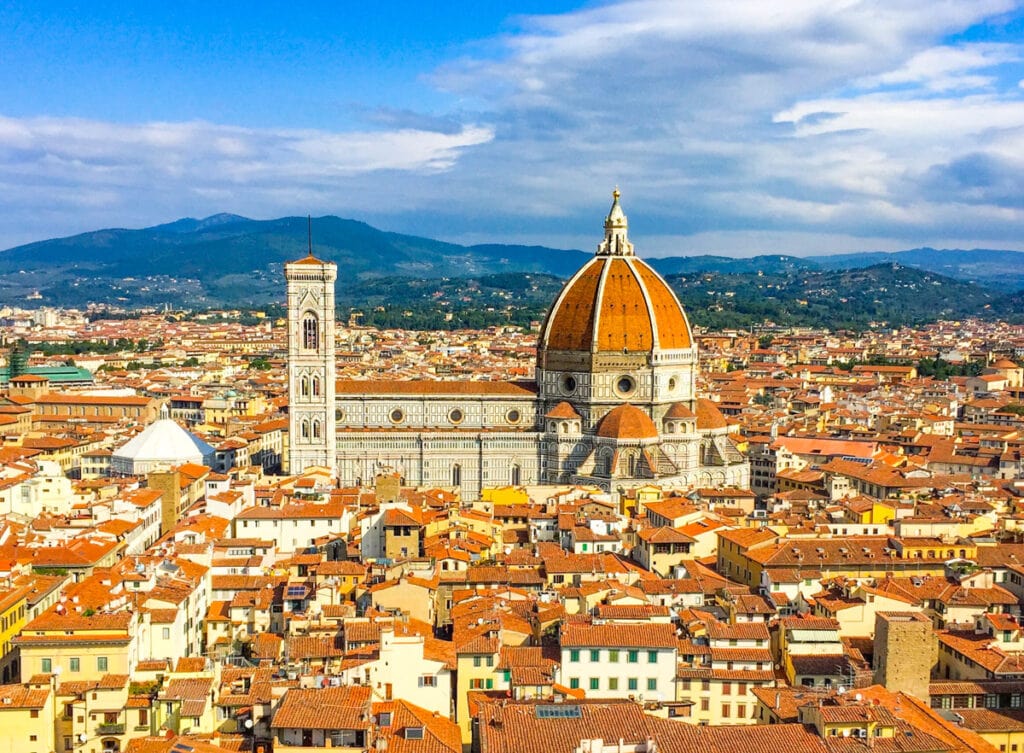
20 STUNNING UNESCO WORLD HERITAGE SITES IN ITALY
Italy’s UNESCO World Heritage sites are scattered all through the country, so no matter which part of Italy you plan to visit, you will likely find one or more sites within reach.
Most of Italy’s UNESCO sites are cultural as you would expect, but Italy does boast a few natural UNESCO sites as well.
#1 Arab-Norman Palermo and the Cathedral Churches of Cefalù and Monreale: UNESCO World Heritage Site in Sicily
Palermo is a must-visit when you visit Sicily. The city was the center of the Norman kingdom of Sicily in the 12th century.
Some buildings will still remind you of that era, in which Western, Islamic, and Byzantine concepts were combined, leading to new structures and decorations.
In contrast to the architecture in the rest of Italy, the buildings in Palermo and surroundings are strongly influenced by the Arabic and Norman style.
The best examples are the Cathedrals of Palermo, Monreale, and Cefalù. Powerful and ostentatious are probably the best words to describe the three religious structures.
GETTING THERE
The Cathedral of Palermo is located in the old town. Take the bus, either to Piazza Indipendenza (just walk through the city gate next to Palazzo Normanni down the road) or to Via Roma and get off at the crossing with Via Vittorio Immanuele (just walk up Via Vittorio Immanuele).
To get to Monreale, take the bus 389P from Piazza Indipendenza. This one is probably my favorite of the three churches. There are two reasons. First, it’s located up the hill in the town of Monreale and next to it there is a beautiful viewpoint overlooking the city. Second, I really like the special atmosphere created by the use of gold leaf to decorate the altar area.
Cefalù is just a short one-hour train ride from Palermo. The whole old town is worth a visit but the cathedral is especially beautiful. Don’t forget to visit the cloister, which is also a nice and cool retreat on hot Sicilian summer days.
Climb the Rock of Cefalù and enjoy the view of the coast and the mountains from up there. Be warned, it’s a very demanding walk!
Text and photo by Barbara of Barbaralicious
#2 Archaeological Areas of Pompeii, Herculaneum and Torre Annunziata, UNESCO World Heritage Site in Campania
The once-thriving Roman cities of Pompeii and Herculaneum were buried under 25 feet of ash and pumice when Mt. Vesuvius erupted on a fateful day in 79AD.
If you love piecing together the fragments of history from ruins, a visit to Pompeii and Herculaneum should be on your bucket list. To reach the sites, take the Circumvesuviana train from either Naples or Sorrento, and allow yourself the entire day to visit.
One of the most chilling yet fascinating features to see at Pompeii are the life-size moulded casts made from the remains of the residents.
The deadly pyroclastic blast of the eruption killed many residents instantly. Then the ash followed, covering and preserving them for centuries.
When archeologists began excavation, they found empty pockets where the bodies had been. They filled them with plaster, creating life forms that visually describe their horrific death.
Unlike Pompeii, nearby Herculaneum was spared during the 2-day eruption by the prevailing winds, so the buildings themselves are more intact.
Given how well preserved Herculaneum was compared to Pompeii, it’s a bit easier to imagine life back then when viewing this site. However, both sites are a must-see when you’re in Campania, Italy.
To see the ruins, you can take a group tour, hire a private guide, or tour it on your own. If you go it alone, there is an audio tour and a free English map available at the visitor information office.
Text and photo by Lori of Travlinmad
Follow Lori on Facebook!
#3 Church and Dominican Convent of Santa Maria delle Grazie with “The Last Supper” by Leonardo da Vinci, UNESCO World Heritage Site in Lombardy
If you are planning to visit Milan then an absolute must in your itinerary has to be a trip to Santa Maria delle Grazie.
The name may mean nothing to you but if I say the words: “The Last Supper” the pieces may fall into place! Yes, Santa Maria delle Grazie is the home of the famous mural “The Last Supper” by the genius Leonardo Da Vinci.
Santa Maria delle Grazie is a Dominican Convent and a wonderful example of Renaissance architecture. On the refectory wall Da Vinci painted arguably one of the most recognizable artworks of all time, and also the only fresco of its kind visible in the world today.
If you plan to see the mural you MUST book well in advance. Due to restrictions and the need to protect the art from the effects of light and humidity, the number of visitors is strictly controlled.
Once in the refectory, you have 15 minutes to enjoy the painting before the bell rings and you are ushered out.
Despite being bombed during the Second World War and suffering huge damage, miraculously the walls of the refectory survived.
In 1980, the Church and Dominican Convent of Santa Maria delle Grazie with “The Last Supper” by Leonardo Da Vinci were listed as a UNESCO World Heritage Site.
Text and photo by Tracy of Tracy’s Travels in Time
#4 City of Verona, UNESCO World Heritage Site in Veneto
Best known for its ties to the legend of Romeo and Juliet, the historic city of Verona offers tons of things to do.
Set on the Adige River in southern Veneto, Verona’s storied history dates back to the Roman Empire. Castles, gardens, and even the Verona Arena (which, unlike the one in Rome, is still the location of public events!) are all calling your name while in Verona.
For adventure seekers, there’s white water rafting on the Adige River. For literature lovers, there are several historical sights in town tied to the story of Romeo and Juliet, including the Capulet Home, the crypt where Romeo and Juliet were married, and Juliet’s tomb.
If you are a Roman history buff, the Verona Arena and ruins of the Roman Theatre are sure to catch your attention.
Bottom line: while Verona may be overshadowed in tourism by its famous neighbors of Venice and Milan, there is absolutely something to do in this gorgeous Italian city for everyone!
You can visit Verona at any time of the year, but like most places in central Italy, spring and fall both offer the best balance of beautiful weather and limited crowds. Plus, as a bonus, the flowers are magnificent in the spring!
Check out these amazing photo spots in Verona: 1. the top of the Torre dei Lamberti for beautiful views over the Piazza delle Erbe, and 2. the Castel San Pietro to get amazing views of all of Verona and the Adige River!
Text and photo by Kate of Our Escape Clause
Follow Kate on Facebook!
#5 Costiera Amalfitana, UNESCO World Heritage Site in Campania
One of the most beautiful regions of Italy, if not the world, is the awe-inspiring Amalfi Coast. Stretching 40 kilometers (about 25 miles) along Italy’s western coastline, the area was added to UNESCO’s world heritage list in 1997.
Known for its rugged beauty, the Amalfi Coast is famous for its hills and cliffs that plunge into the Tyrrhenian Sea.
Picturesque villages cling to the side of these rocky outcrops, ensuring incredible views. The most famous of them, Positano and Amalfi, are two of the finest beach resorts in the world.
If you ask me, there is no bad time to visit the Amalfi Coast! However, some seasons may suit you more than others.
Summer is peak season and you should expect crowds of Italian and international tourists keen to soak up the dolce vita and swim in the sea.
In spring and autumn, the crowds thin and the ferries between the towns run less frequently. A sunny winter day would be the perfect time to hike the famous Path of the Gods route from Praiano.
Stay at least a week on the Amalfi Coast so you can discover each of its pretty towns and villages and decide which one is your favourite.
Will it be Ravello, from where you can take in views of almost the entire coast? Or are you a romantic that will fall for the pastel hued buildings of Positano?
Everyone should take a trip to the Amalfi Coast at least once in their lifetime if they are able. This area of outstanding natural beauty will stay with you forever!
Text and photo by Katy of Untold Morsels
Follow Katy on Facebook!
#6 Genoa: Le Strade Nuove and the System of the Palazzi dei Rolli, UNESCO World Heritage Site in Liguria
It’s not surprising that Genoa’s central historic district is certified as a UNESCO World Heritage site. The city-state of Genoa in medieval Italy was very powerful and wealthy and rivaled many well-known cities around Europe.
The UNESCO World Heritage sites in Genoa are mostly focused on the main promenades at Strada Nuove: Via Garibaldi, Via Balbi, and Via Lomellini.
Each street is lined with stunning architecture and palazzi or palaces of Renaissance, Baroque and Rococo influences. The palazzi magnified the city’s prestige and wealth during those timeframes.
Many of the buildings have been converted into banks, living museums, hotels and other tourist destinations for visitors to enjoy. Many are open for the public to explore and visit.
There are over 42 restored palazzi that have been certified under the UNESCO designation, including impressive palaces like Palazzo Real, Palazzo Doria Spinola, and Palazzo Ayrolo.
Genoa is relatively underrated in the travel circuit for visitors wanting to see Rome, Florence or Venice. But what you’ll see and enjoy in this city is the current rough flourishes of a lived-in city. Its historical presence and amazing architecture are definitely worth seeing!
Text and photo by Noel of Travel Photo Discovery
#7 Historic Center of Florence, UNESCO World Heritage Site in Tuscany
A walk around Florence is a walk through history. Florence is an incredibly beautiful city, full of art, architecture and culture that epitomize the Renaissance.
Of course, you have to visit the 13th century cathedral El Duomo (real name Santa Maria del Fiore), a dramatic kaleidoscope of pink, green and white marble. It’s popular, so go early to avoid the worst of the crowds.
You can go to the top of the dome for great views over Florence outside and a bird’s eye view of the cathedral’s tiled floor inside.
Or climb the stairs of the adjacent Campanile (Giotto’s bell tower) for views of the domed cathedral. It’s less crowded and the views are arguably better.
You can see the original Michelangelo statue of David in the Galleria dell’Accademia and a copy in the Piazza della Signoria in front of the Palazzo Vecchio (Old Palace).
This beautiful plaza has many statues dotted around. I love sitting in the adjacent Loggia dei Lanzi admiring the surrounding art and architecture and people watching.
You can spend an hour or a day in the Uffizi Gallery and its amazing art collection including Botticelli’s Birth of Venus.
Don’t miss the church of Santa Croce, where Michelangelo, Galileo, and Machiavelli are all buried. Enjoy a gelato down by the Arno River and admire the stunning Ponte Vecchio (old bridge).
At dusk, cross the river and head up the hill to Piazzale Michelangelo for the iconic views over the city. Or, for even better views and fewer people, continue up to the small church of San Miniato al Monte.
You will need, at the very minimum, three days in Florence, but longer is better. It is impossible not to love Florence.
Check out these amazing photo spots in Florence: 1. the top of the Campanile for views of the Duomo and the rooftops, and 2. Piazzale Michelangelo for views over the entire city.
Text and photo by James of Travel Collecting
#8 Historic Center of Naples, UNESCO World Heritage Site in Campania
Naples is one of the oldest cities in Europe. It was founded in the 5th century BC and has seen different regimes and diverse cultures ever since.
The Historic Center of Naples is one of the largest in the world and was declared a UNESCO World Heritage site in 1995. It is filled with hundreds of Baroque-style churches, old gardens and antique residence buildings: a delight to the eyes of a traveler.
Visit interesting landmarks such as the Duomo of Naples, the monastery of Santa Chiara, Piazza San Domenico Maggiore, and the chapel of San Severo. At San Severo, you can see the famous “Veiled Christ” by Sanmartino.
Another interesting thing you can do in Naples is to take a trip of the underground. A labyrinth of ancient caves, almost 80 kilometers long, lies underneath the modern city of Naples.
Ever since 400 BC, these caves have served as war shelters, catacombs, cult sites, and safe havens for people seeking refuge.
The best time to visit Naples is between March and April, when spring is in the air, temperatures are mild, and crowds aren’t too thick. Plan to spend at least 3 days.
For the best photo spot in Naples, head out to Posilipo to get some great shots of the city with Mount Vesuvius and the Bay of Naples in the background.
To get to Naples, you can take either a train to Napoli Centrale Station or a flight to the International Airport of Capodichino. If you are traveling within Italy, you can also take a bus.
Within the historic center, walking is the preferred way to explore the many wonders of Naples.
Text and photo by Soumya of Stories by Soumya
Follow Soumya on Facebook!
#9 Historic Center of Rome, UNESCO World Heritage Site in Lazio
It would be very difficult to plan a trip to Italy without visiting the UNESCO site that is the Historic Center of Rome.
The entire city within its walls has been recognized for its outstanding contribution in the areas of artistic value, urban planning, architecture, historical importance, and archaeological sites.
There is so much to see and do in Rome! Stay for a few days before taking off to your next destination. The major attractions are the Colosseum and Roman Forum, the Pantheon, and the Spanish Steps.
Trastevere is a very popular neighborhood for eating out, but if you are traveling on a budget, I would recommend staying in a less touristic area. The areas around the Vatican and San Giovanni offer more affordable options.
The best time to visit Rome is during the low season, which is usually from October to April. To avoid the larger crowds, wait until November at least.
To arrive, you can fly to one of two international airports, Leonardo da Vinci (Fiumicino) or Ciampino. If you are traveling within Italy, the train system is world-class and there are also cheaper bus options.
Text and photo by Chantell of Adoration 4 Adventure
#10 Historic Center of San Gimignano, UNESCO World Heritage Site in Tuscany
Tuscany is known for its many beautiful hilltop villages and towns.
But if you only visit one Tuscan hill town, let it be the UNESCO World Heritage site of San Gimignano. This once powerful, medieval town is perfectly situated between both Florence and Siena. Give or take it’s about an hour’s drive from either city.
You might be surprised by the towers dotting the skyline as you approach San Gimignano. But it was actually commonplace for feudal nobility to build these towers to assert their wealth and power.
Today, 14 of San Gimignano’s original 72 towers still stand, and they are a sight to see. Stop a few miles outside the city to take some photos, as the most striking view is of the towers against the skyline.
The best way to savor all this picturesque town has to offer is after the crowds of tourists have gone for the day.
To get the most out of your visit, arrive in the late afternoon and consider spending the night. Grab a glass of Tuscany’s most famous white wine, Vernaccia di San Gimignano. Pair it with a dish featuring saffron, one of the region’s specialties.
After dinner, as you make your way back to your accommodations, you will have the empty streets to yourself and it’s quite romantic!
Text and photo by Chrisoula of Travel Passionate
#11 Mount Etna, UNESCO World Heritage Site in Sicily
You can find Mount Etna on the island of Sicily in Italy. It became a UNESCO World Heritage site in 2013.
The volcano is visible from many towns on the eastern side of the island, making for an impressive sight as it sits often smoking away threateningly.
A great place to view the mountain from a distance is the amphitheatre in Taormina. The Romans positioned the theatre so that the mountain is behind the stage as a backdrop.
At over 3km (almost 9,850 feet) high, Mt. Etna is one of the most active volcanoes in the world and in a state of almost continual activity. So, it may come as a surprise that you can pay to go and explore near the summit!
If you ascend from the south side, a cable car or special coach takes you to the halfway point to change into cold weather clothes. You then proceed to the summit by special coach.
The temperature on the day I visited was a pleasant 20°C (68°F) at the bottom, and a MUCH chillier -20°C (-4°F) at the summit, so cold weather clothing is a must and can thankfully be hired.
It’s best to visit in the summer months. You will still need to wrap up warm for the summit!
Once at the summit, the guide kicked aside some of the loose ground and invited us to remove our gloves and touch the ground. The ground was warm to the touch, demonstrating just how close we were to volcanic activity.
At various points as we explored, steam was coming up from the ground. This and the desolate landscape were the things that stick most prominently in my mind about the trip. Though the cost of ascending is not cheap, I felt it was an experience that justified the cost.
Text and photo by Lee and Stacey of One Trip At A Time
Follow Lee and Stacey on Facebook!
#12 Portovenere, Cinque Terre and the Islands, UNESCO World Heritage Site in Liguria
Who hasn’t heard of the five picturesque villages of Cinque Terre? But did you know that Portovenere, and the nearby islands of Palmaria, Tino, and Tinetto are also listed as a UNESCO World Heritage site together with Cinque Terre?
The stunning landscapes, history and beautiful architecture make this whole region special. Here you will find nature, hiking, beach life, historical sites, and picturesque little villages where time seems to have stood still.
The Cinque Terre are the most popular place to visit and can get really busy, but you can easily escape the crowds in Portovenere. Even fewer people visit the islands.
April through October is the best time to visit. Summer is best for the beaches, but it can get really crowded in Cinque Terre, so if you come for sightseeing, it’s best to avoid June, July, and August.
Manarola (at sunset), Riomaggiore (from the waterfront), Vernazza (from the hiking trail coming from Monterosso), and Portovenere (from the harbor) offer fabulous photo opportunities.
Text and photo by Jurga of Full Suitcase
Follow Jurga on Facebook!
#13 Su Nuraxi di Barumini, UNESCO World Heritage Site in Sardinia
Nuraghe are unique to the island of Sardinia, located at the heart of the Mediterranean and part of Italy. The Sardinian word for nuraghe is “nuraxi.”
Su Nuraxi usually refers to the nuraghe in Barumini, a village of Medio Campidano, roughly a 45-minute drive from Cagliari, Sardinia’s main city.
This is the biggest and most important complex in the region, not to mention the best kept one, and hence the one that deserves to take the name. It is the only UNESCO World Heritage site located in the region.
The settlement consists of a 17th century BC nuraghe, a bastion of four towers located at various corners, and a central one. The village around the nuraghe was inhabited between the 13th and the 6th century BC.
The real function of the nuraghe is still debated. Some scholars say that it had defensive functions, and thus see it as a fortress. Others believe that the oldest part of the building had ritual and religious purposes, whereas the towers were used for military purposes.
The site is open to visitors every day. Guide services are available in Italian, English, and various other languages.
Text and photo by Claudia of My Adventures Across the World
#14 Syracuse and the Rocky Neropolis of Pantalica, UNESCO World Heritage Site in Sicily
The Sicilian city of Syracuse was, for a century, the most powerful Greek city, and indeed the most powerful city in the ancient world. Almost 2,500 years later, many vestiges of this glorious past remain, albeit in a fairly quiet Italian provincial city.
Syracuse was initially founded on the small island of Ortigia, and it later expanded onto ‘mainland’ Sicily.
Ortigia is one of the most beautiful cityscapes in Europe. The 5th century BC Temple of Athena is incorporated into the cathedral, which has many different additions over the millennia. It now has a gorgeous 18th century Baroque façade, but walk around the side of the cathedral and you can see the pillars of the temple forming the framework of the side of the building.
The cathedral square, Piazza del Duomo, is one of the most beautiful squares in Italy. The street plan of Ortigia is ancient, but many of the buildings date from the 18th century. Towards the northern end of the island, the Temple of Apollo is another reminder of Ortigia’s ancient past.
Many of ancient Syracuse’s remains are on the mainland, in the the Neapolis Archaeological Park. These include the huge Greek Theatre and smaller Roman Amphitheatre, and the Latomia del Paradiso, or Paradise Quarry.
In this area there’s a cave carved out of the limestone hill in the shape of an ear called the Ear of Dionysius. It has very good acoustics due to its shape, and legend has it that Dionysius the ruler of Syracuse, would eavesdrop on whispering prisoners there.
Syracuse shares the UNESCO designation with the nearby Necropolis of Pantalica, a complex of over 5,000 tombs hewn out of rock, dating from before the 7th century BC.
Text and photo by David of Travel with Little One
#15 The Dolomites, UNESCO World Heritage Site in Northern Italy
If you are planning a visit to Venice, consider a day trip to the north and visit the Dolomites area of Italy! The Dolomites are an amazing UNESCO site in Italy, with jagged mountains, green pastures and beautiful clear lakes.
You can hire a private tour company. With a knowledgeable and informative driver and guide, you know your our tour day will be a good one.
If you are interested in shopping, sites, food, and history, you can stop at a few small towns to explore, drive through the countryside, and have a nice lunch.
Heading north towards the Belluno province, you will learn all about the surrounding mountains, life in the area, and local wildlife.
Farra d’Alpago, Auronzo di Cadore, and Pieve di Cadore are some of the places you can visit. The architecture throughout the area was a mixture of Italian, Swiss and even German influences. Even the food was a delicious mix of cuisines.
While a day trip to the Dolomites is fun, you may want to consider staying a few days to explore more. The greenery, lakes and mountain views will take your breath away.
Late spring, summer, or fall are all great times to visit for scenic drives and hiking. In the winter you can enjoy winter sports.
Text and photo by Sherrie of Travel By A Sherrie Affair
Follow Sherrie on Facebook!
#16 The Sassi and the Park of the Rupestrian Churches of Matera, UNESCO World Heritage Site in Basilicata
Just like the famous city of Cappadocia in Turkey, Matera is an ancient town built out of carved limestone, forming a series of grottoes. The neighborhoods are called “Sassi,” today protected by the UNESCO.
But the history of this place is not pretty at all because it used to be the shame of Italy. Here, people used to live in extremely poor conditions inside the caves, with no basic services like water or heat for the extremely cold winters.
In 1950, all the people were moved to a “New Matera” and the Sassi were left behind. This is what makes this city a must-see in Italy.
Given the extreme beauty of the place, the caves started being furnished by companies, restaurants and hotels, who modernized the old city and built a popular tourist center.
The best time to visit Matera is during the summer, when you can enjoy walking down the streets and going into the beautiful rock churches.
It’s a small town, so you can come for a day trip from nearby cities like Bari or Tarento, but if you want the full experience we recommend you sleep at least one night in a cave hotel.
If you are a photographer, you will love Matera! Every spot is beautiful, but try to get to the upper churches, from where you can get amazing views of the Sassi.
Text and photo by Ale of Universo Viajero
#17 The Trulli of Alberobello, UNESCO World Heritage Site in Puglia
The Trulli of Italy are an iconic site in the southern region of Puglia, a part of Italy you must visit. But the highest concentration of these conically shaped buildings can be found in Alberobello.
This fairytale-like village houses over 1,600 limestone Trulli and as such, has been declared an official UNESCO site.
Walking the narrow streets that snake uphill throughout Alberobello, you really do feel like you’re visiting somewhere special. There are two or three streets where the Trulli have become commercial in nature – their thick walls housing souvenirs, art and even restaurants.
But wander off the main grid and you’ll find more homely looking Trulli where people have adapted to the small spaces within and clearly cherish living in such a unique setting.
The Trulli of Alberobello are very accessible, although you will pay to park within walking distance of the town. It’s a very popular attraction in Puglia, and as such it gets busier in sync with the tourist season.
It’s therefore best to visit outside of the peak holiday period. I visited in March and while there were still tourists around, it certainly wasn’t crowded.
Make sure you visit the Trullo church at the top of the village and wander over to the ‘newer’ town to get another perspective of the Trulli town opposite. At the top of the wide stone staircase, there’s the perfect viewing platform from which to take photos.
Text and photo by Nadine of Le Long Weekend
Follow Nadine on Facebook!
#18 Val d’Orcia, UNESCO World Heritage Site in Tuscany
The Val d’Orcia is a beautiful valley and UNESCO World Heritage site in the south-east of Tuscany.
The landscapes here are incredible: gentle rolling hills with pastures, groves of tall cypress trees, vineyards, wheat fields, stately country mansions, and ancient stone villages sitting on hilltops.
If you’re a film buff, you’ll recognize the landscapes from lots of movies, including Gladiator, Stealing Beauty, The English Patient, and Fellini’s 8 1/2. It’s also home to some of Italy’s most famous wines, cheeses, and salamis.
Getting there is easy, as it’s fairly close to both Florence and Siena. You should definitely rent a car, as public transport through the area can be quite limited. Cycling is also another great option here.
Although you can stay in the towns of Montalcino, Pienza or San Quirico, consider staying at an agriturismo. These are usually one or two bedroom B&B style accommodations in farmhouses or country villas.
Stay for a few days and get to know the owners. They’ll be happy for you to help them on the farm, and may even share some of their delicious produce with you!
The beat photo spots in the region are the famous Cypresses of San Quirico d’Orcia, and the Cappella della Madonna di Vitaleta near San Quirico, a beautiful stone church surrounded by rolling hills and endless blue skies.
So when should you visit? The best time is generally shoulder season (April/May or September/October) when temperatures are reasonable and crowds aren’t too intense.
June-August should be avoided as prices are highest, crowds are heaviest and temperatures can be scorching. But don’t discount winter either. We visited in January and had mild days, chilly nights, lots of sunshine and best of all, no crowds!
Text, video and photo by Joel of World Heritage Journey
Follow Joel on YouTube!
#19 Venice and Its Lagoon, UNESCO World Heritage Site in Veneto
As part of a family trip to Italy, we spent two wonderful days exploring Venice and its lagoon. We arrived in Venice via the Thello overnight train from Paris and were greeted by our first sight of the turquoise lagoon as soon as we departed from the train station.
Public transportation in Venice consists of ferry boats, known as vaporetti, that follow various routes to help people move around the car-free city center easily.
The tourist center is very walkable, so we traveled by foot other than the trips to and from our Airbnb. We enjoyed exploring the streets, which are sometimes so narrow that we could touch homes on opposite sides simultaneously.
While the absolute highlight of our trip to Venice was our gondola ride, we also enjoyed visiting St. Mark’s Basilica, St. Mark’s Square, the Doge’s Palace and the Bridge of Sighs, and the famous Rialto Bridge.
With its quaint streets, brilliant architecture and surrounding picturesque lagoon, there seem to be perpetual photo ops in Venice. it’s not hard to see why Venice is known for its beauty and romance.
Make sure to take a vaporetto down the Grand Canal, even if the route adds 10-15 minutes onto your journey. Also, pre-book online for St. Mark’s Basilica to avoid the lines, and pick up some beautiful Murano glass as a souvenir!
Text and photo by Catherine of We Go With Kids
#20 Villa Romana del Casale: UNESCO World Heritage Site in Sicily
On the way to Agrigento, in the southeastern part of Sicily, you will find a spectacular Roman structure called Villa Romana del Casale.
If you are on your way to the more popular Agrigento with its amazing Greek temples and other ruins, you may be tempted to bypass the Roman Villa. That would be a grave error.
The Villa is every bit as impressive as the great ruins of the Valley of Temples in Agrigento. The structure resembles more a palace than a simple villa.
Villa Romana del Casale is a UNESCO World Heritage site containing some of the most complex and beautifully preserved collection of Roman mosaics in the world. How is it that this site is not well known to everyone?!
Built in the 4th century A.D., Villa Romana del Casale was severely damaged at various times in its history until it was finally abandoned in the 12th century after a landslide buried it.
Excavations took place throughout the 20th century and it was found that the mosaics had survived relatively intact.
The intricacy of the mosaic work is outstanding. The many collections depict battle scenes, big game hunts, dancing maidens and much, much more. Standing there, seeing the works of art, is one of those travel moments where you feel a deep connection to the past.
Text and photo by Talek of Travels with Talek
Follow Talek on Facebook!
*****
So there you have it: 20 stunning UNESCO World Heritage sites in Italy you must place on your list for future visits to Italy! How many of these have you seen? Do you have a favorite? Comment below to respond!
MORE INFORMATION FOR YOUR TRIP TO ITALY
One Day in Capri: What to See and Do!
One Day in Siena: What to See and Do in this Stunning Tuscan Town
10 Best Gelato Places in Italy You Must Visit!
One Awesome Day in the Umbrian Hilltown of Orvieto
The Perfect 3-Week Itinerary for Your First Visit to Italy!
CHECK OUT OTHER WONDERFUL EXPERIENCES AROUND THE WORLD
FINLAND Helsinki in One Day
NORWAY How to Spend One Perfect Day in Bergen, Norway
USA 10 Best Day Trips from Las Vegas
CANADA Day Trip to Yoho National Park in British Columbia
POLAND Self-Guided Walking Tour of Old Town Gdansk
SPAIN 5 Most Amazing Things to Do in Andalusia
Did you find this article informative? Pin it for later reference!

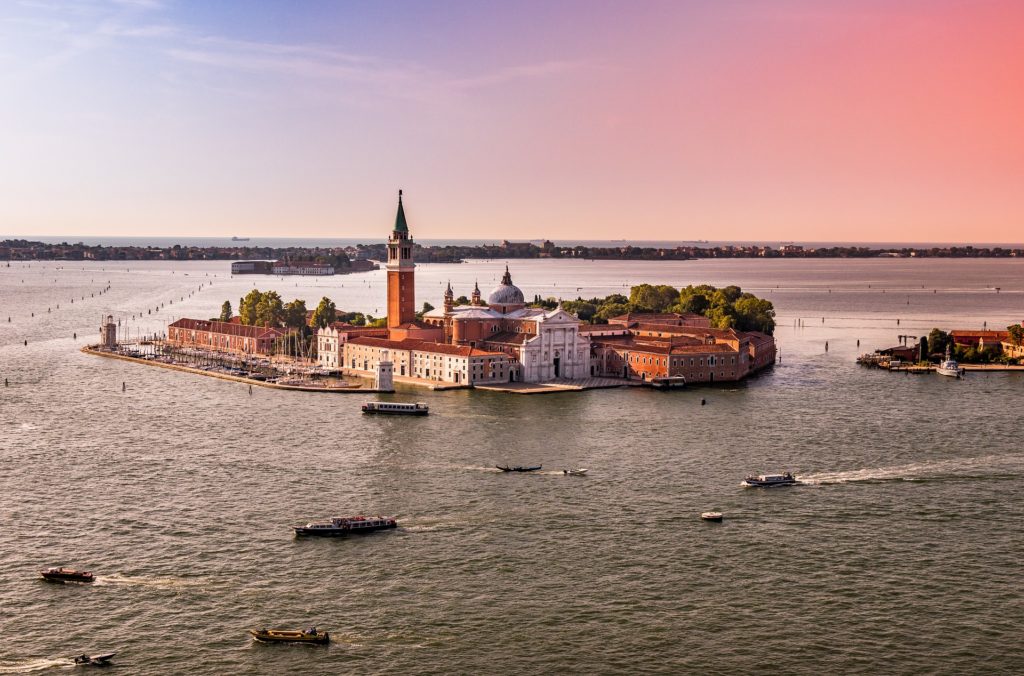
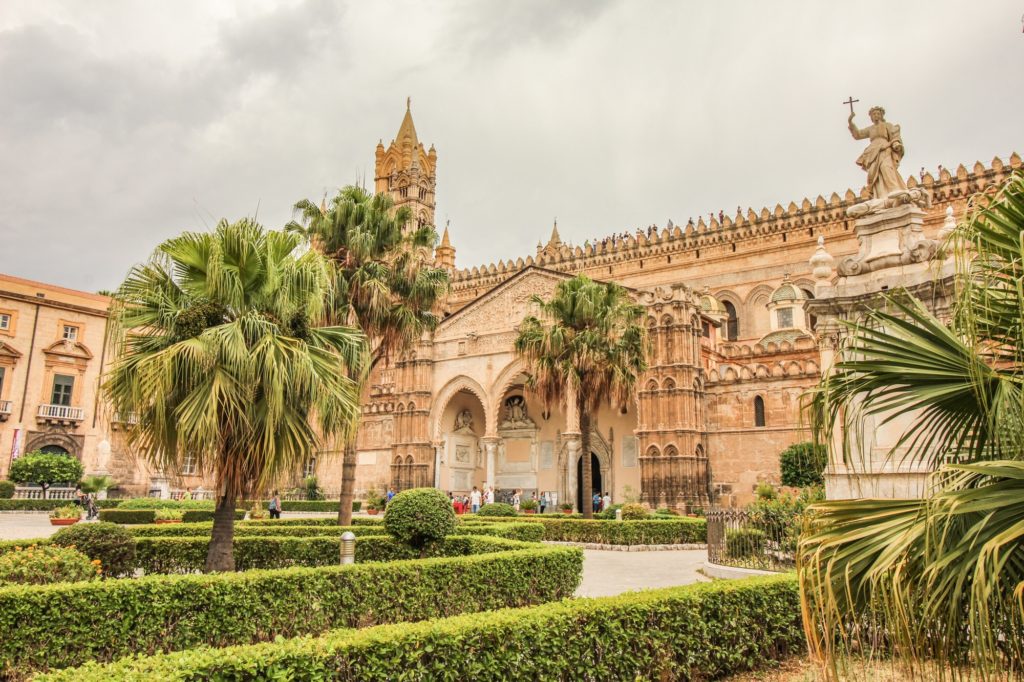
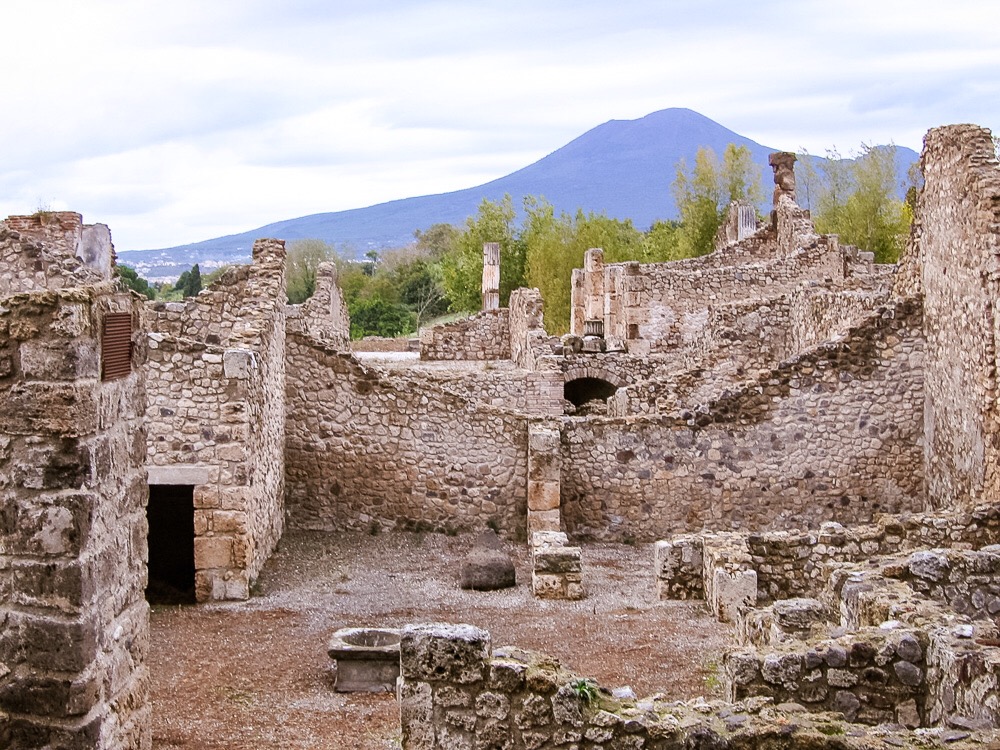
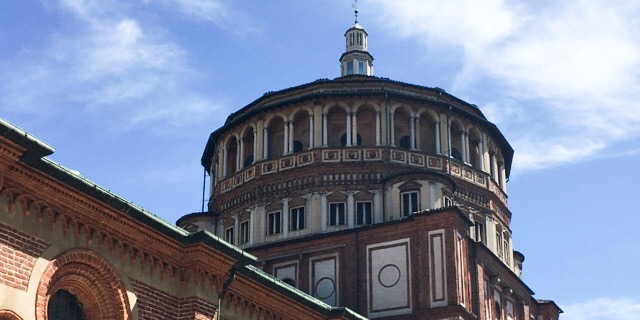
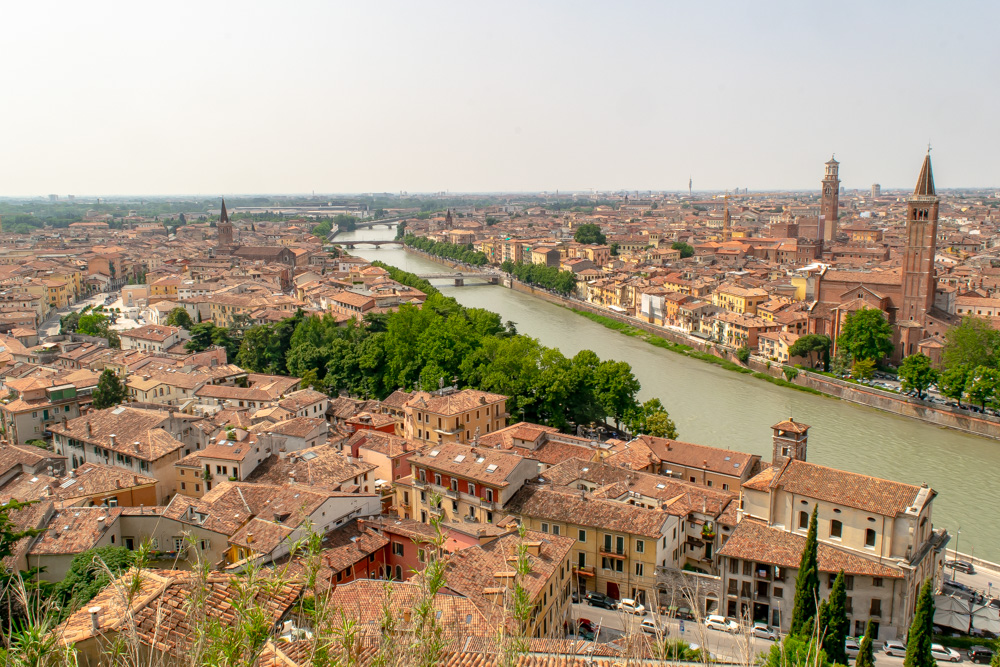
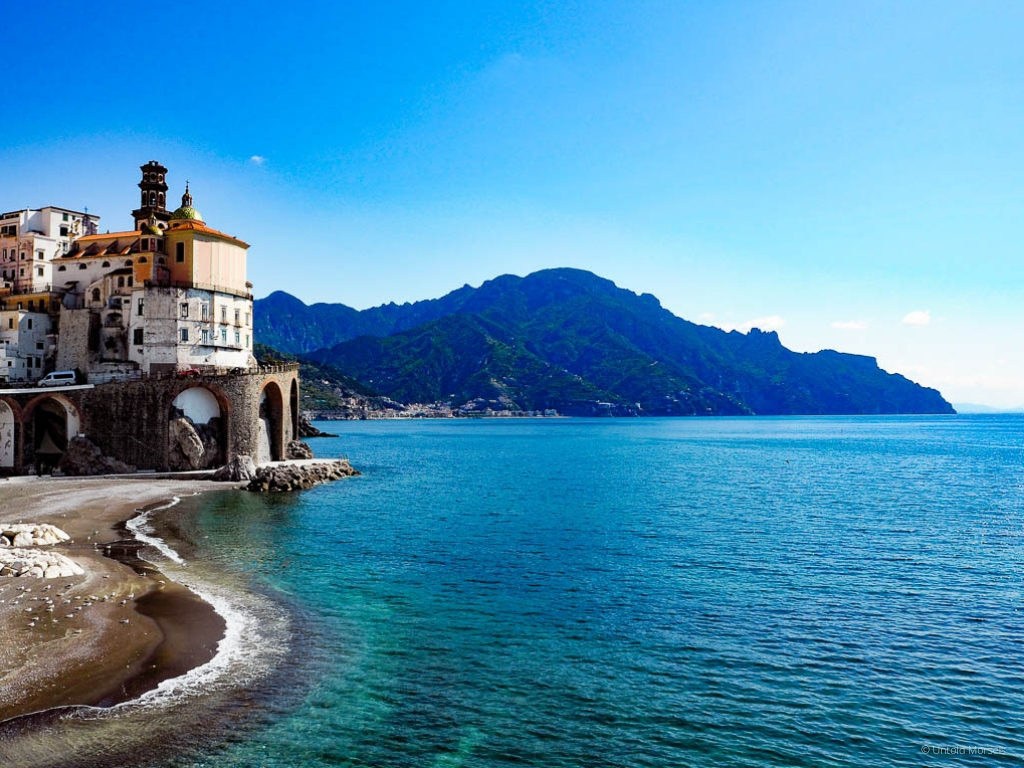

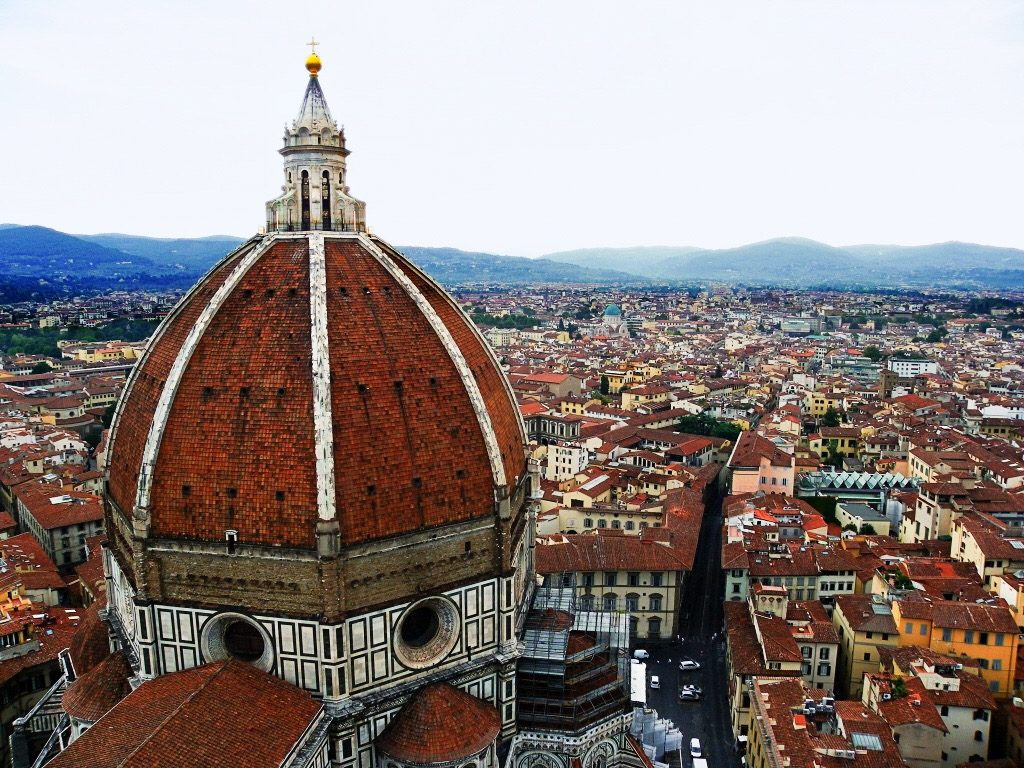
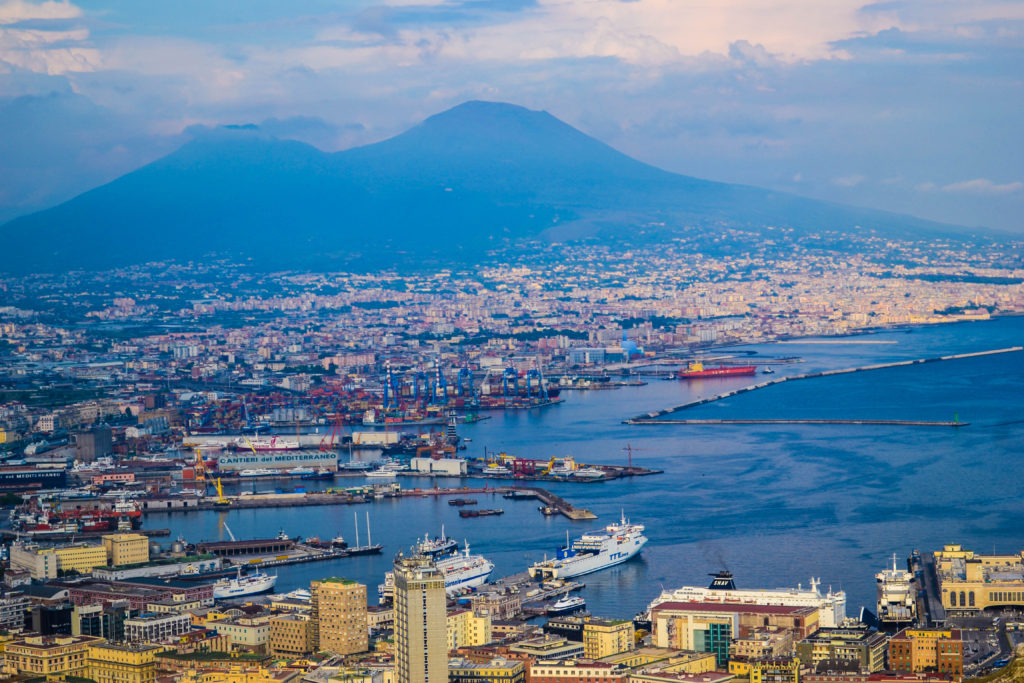
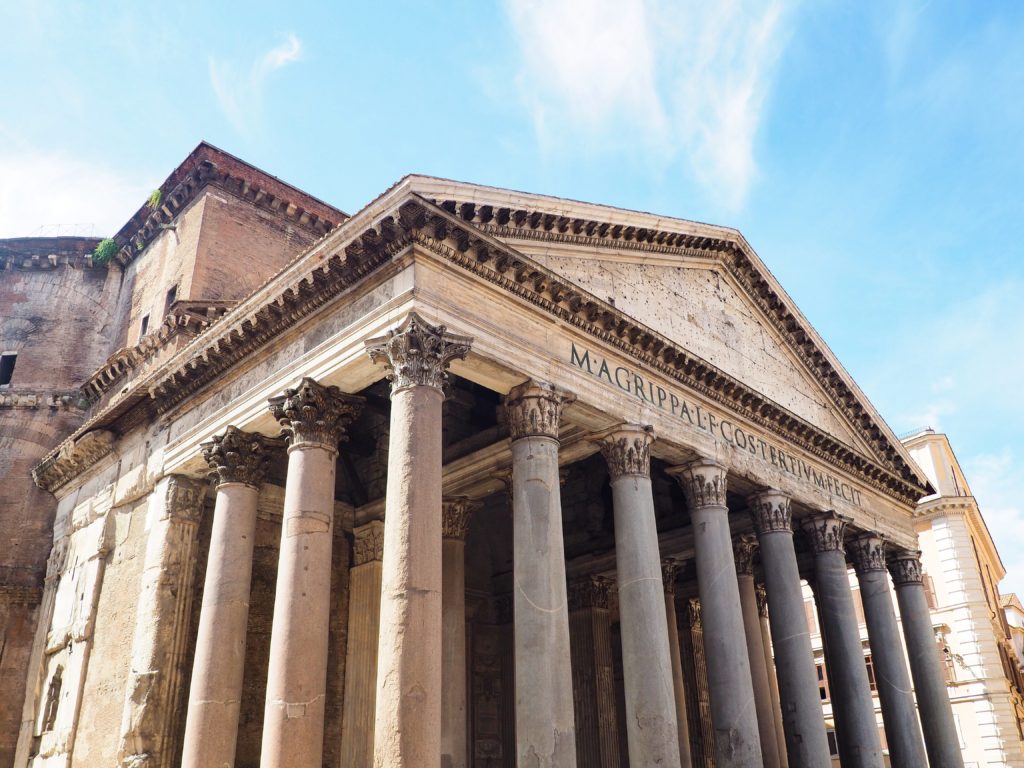
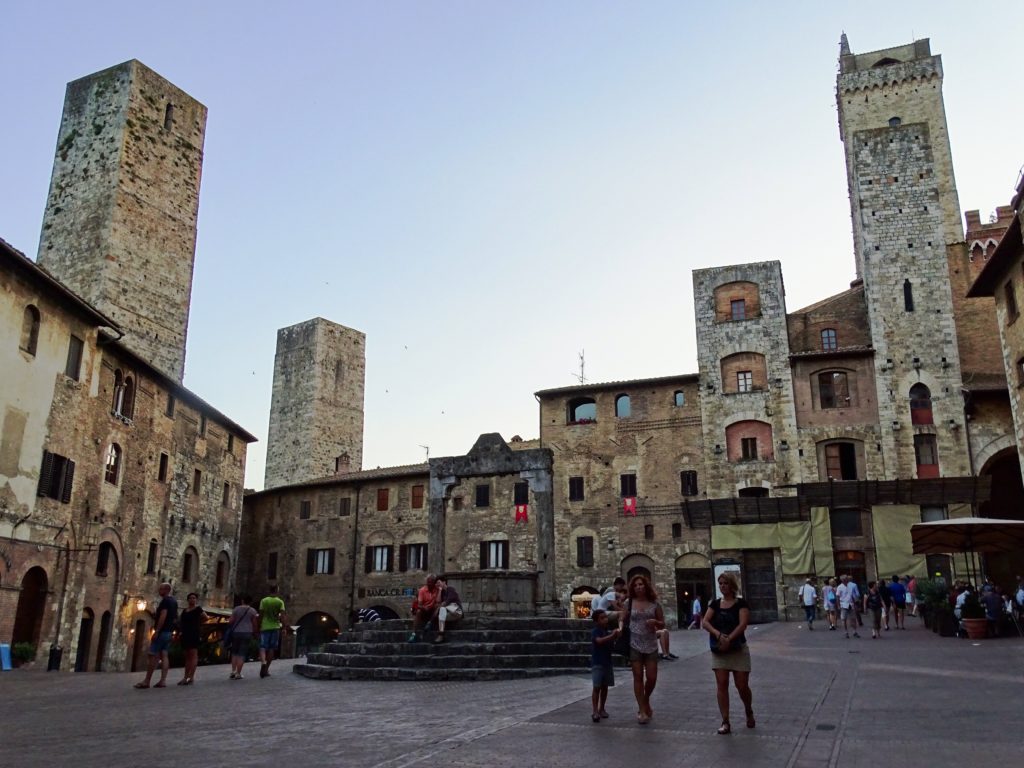
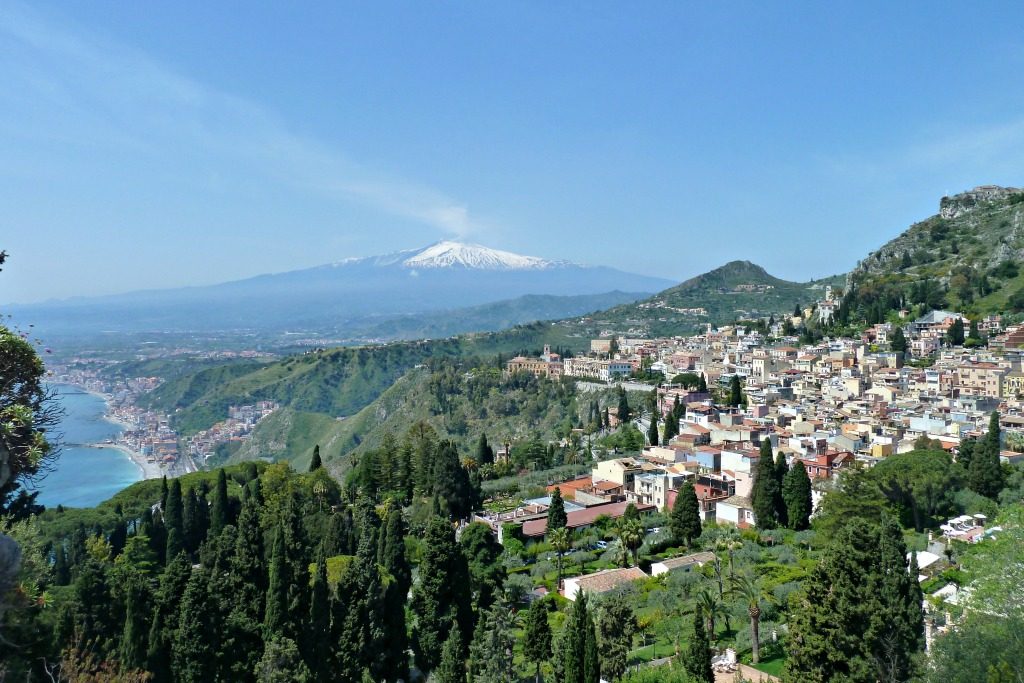
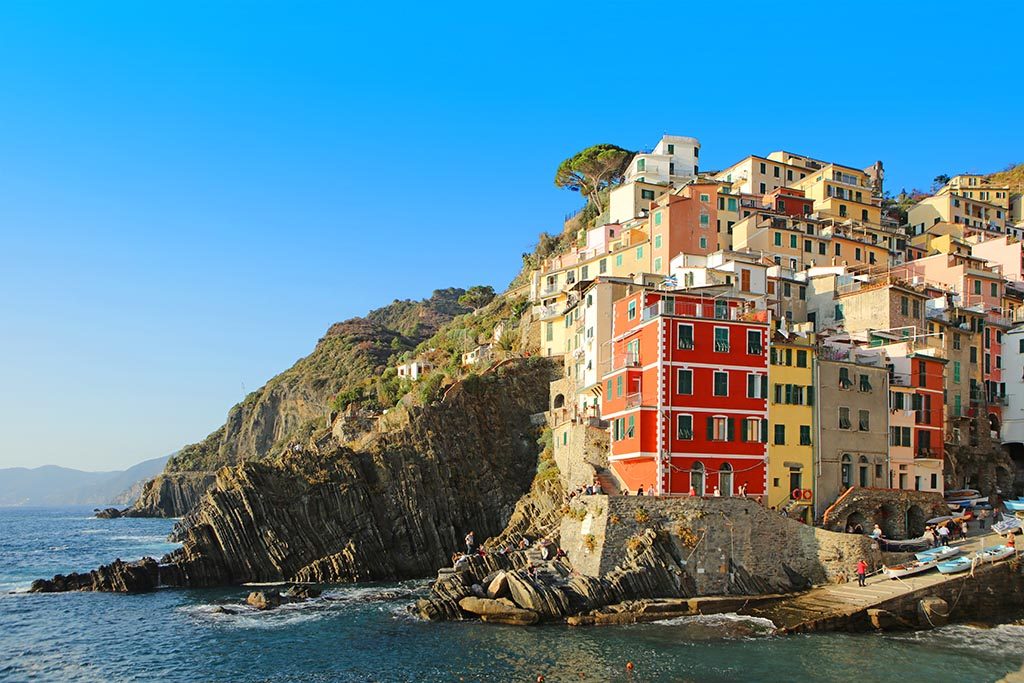
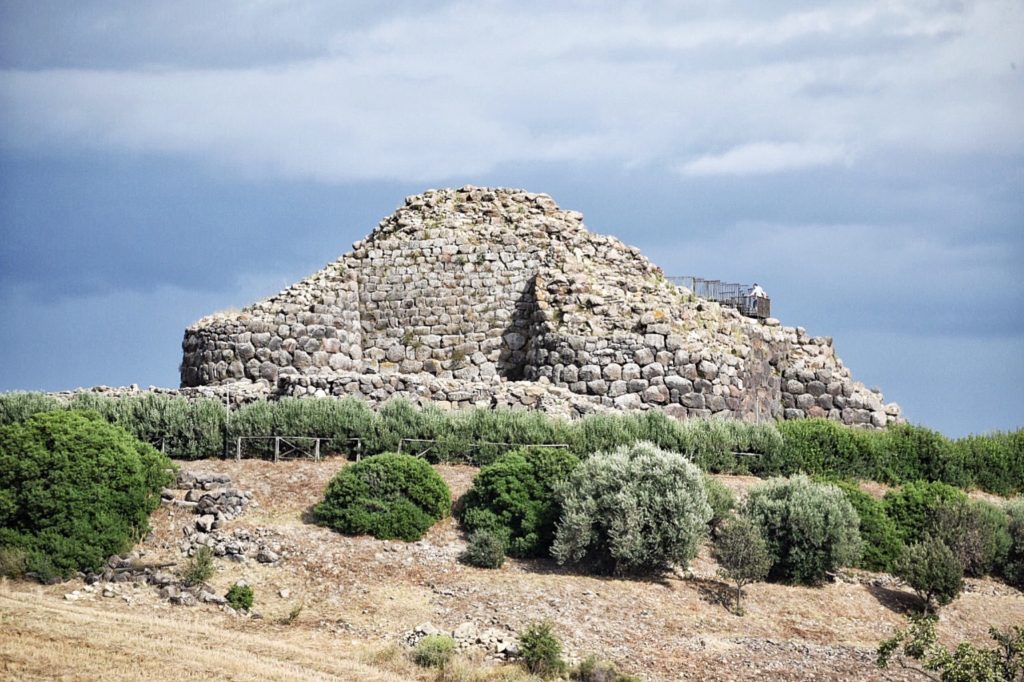
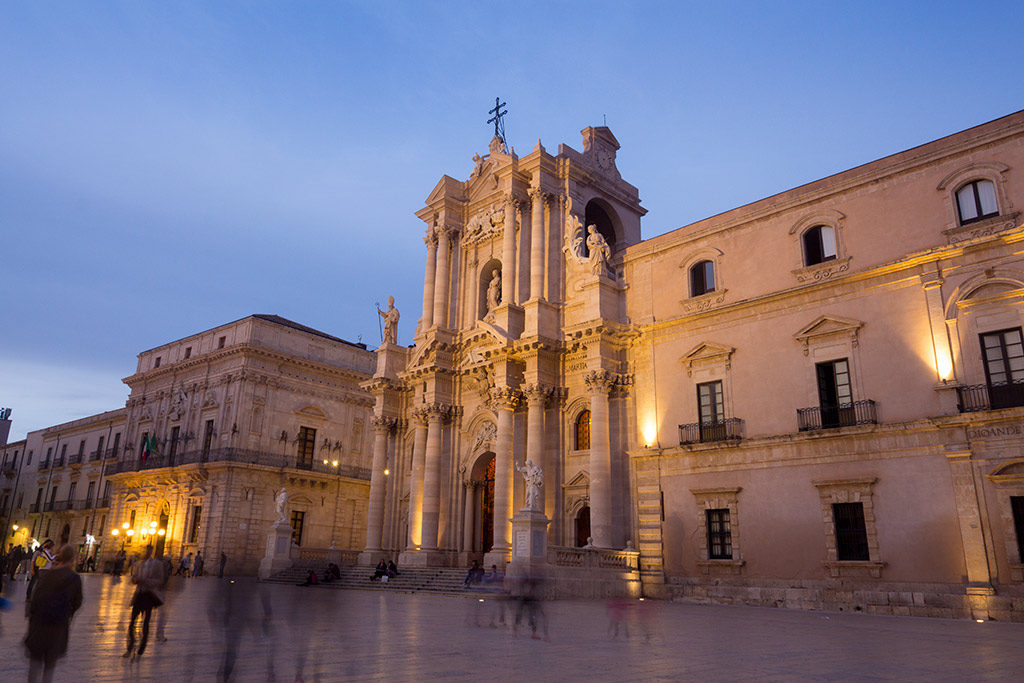
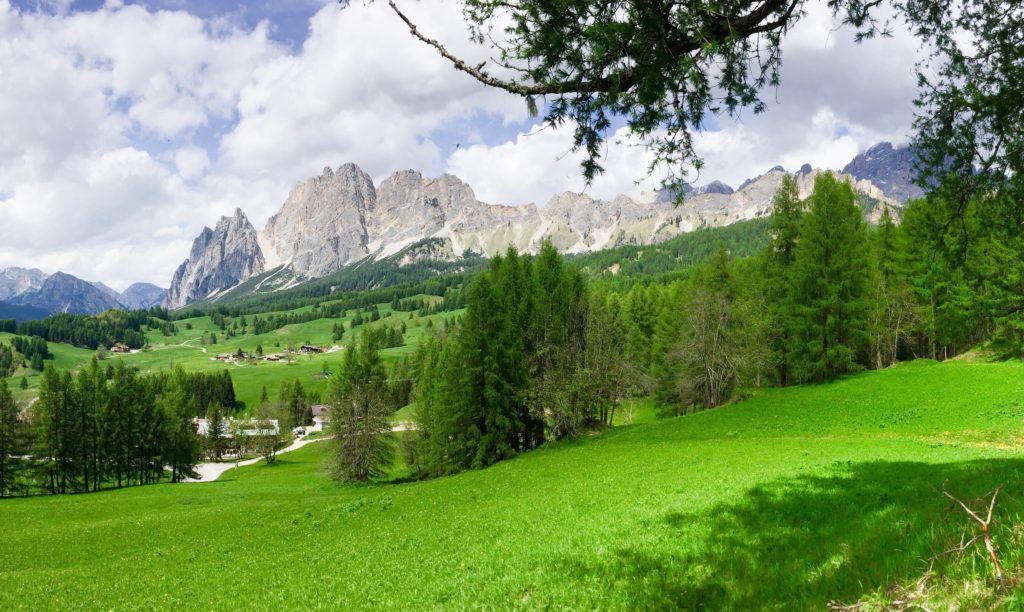
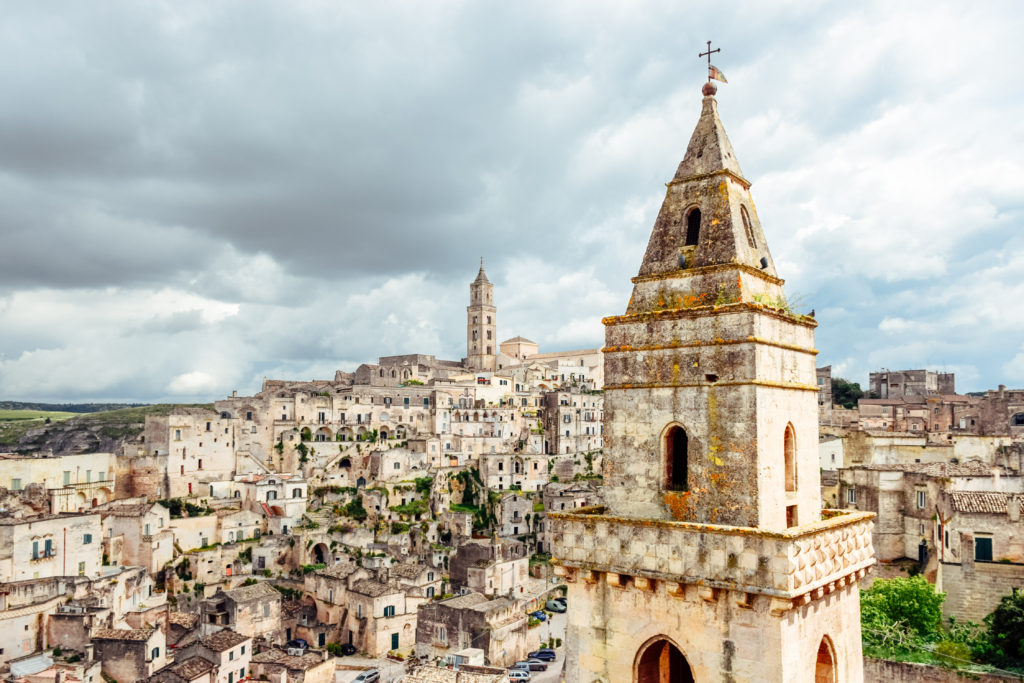
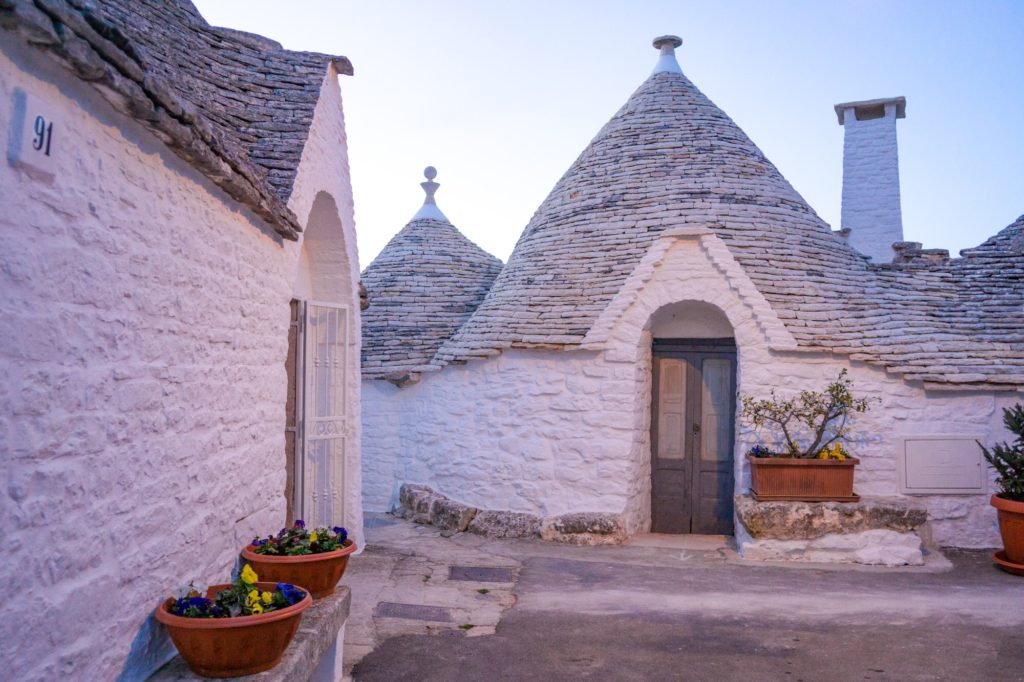
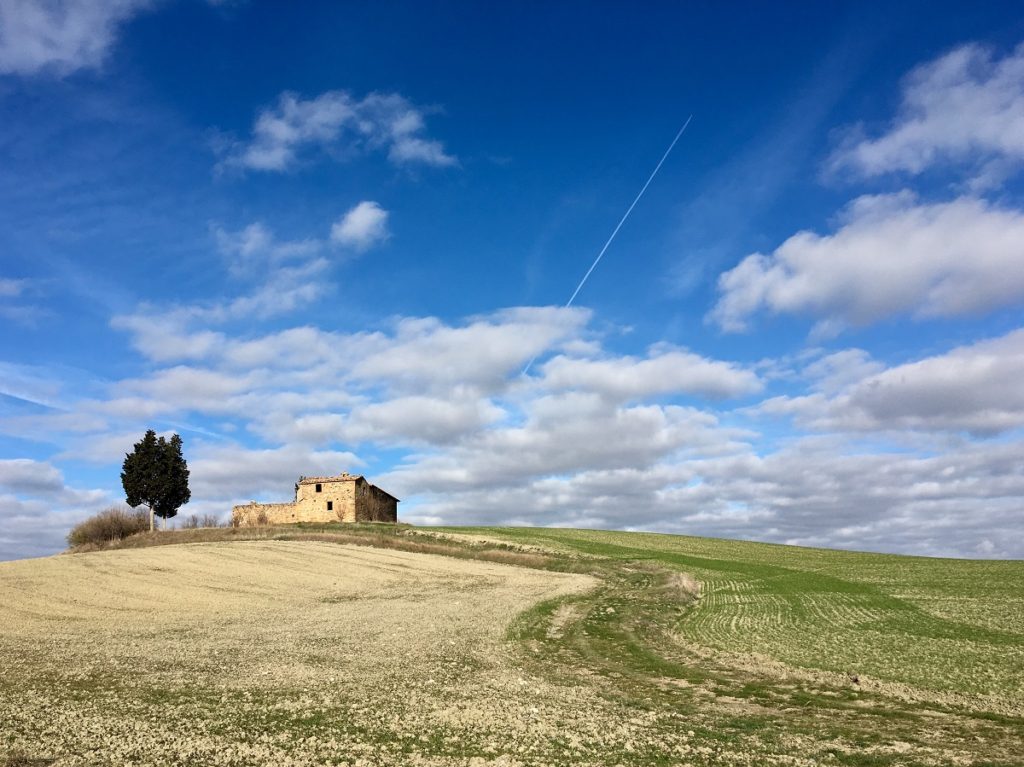
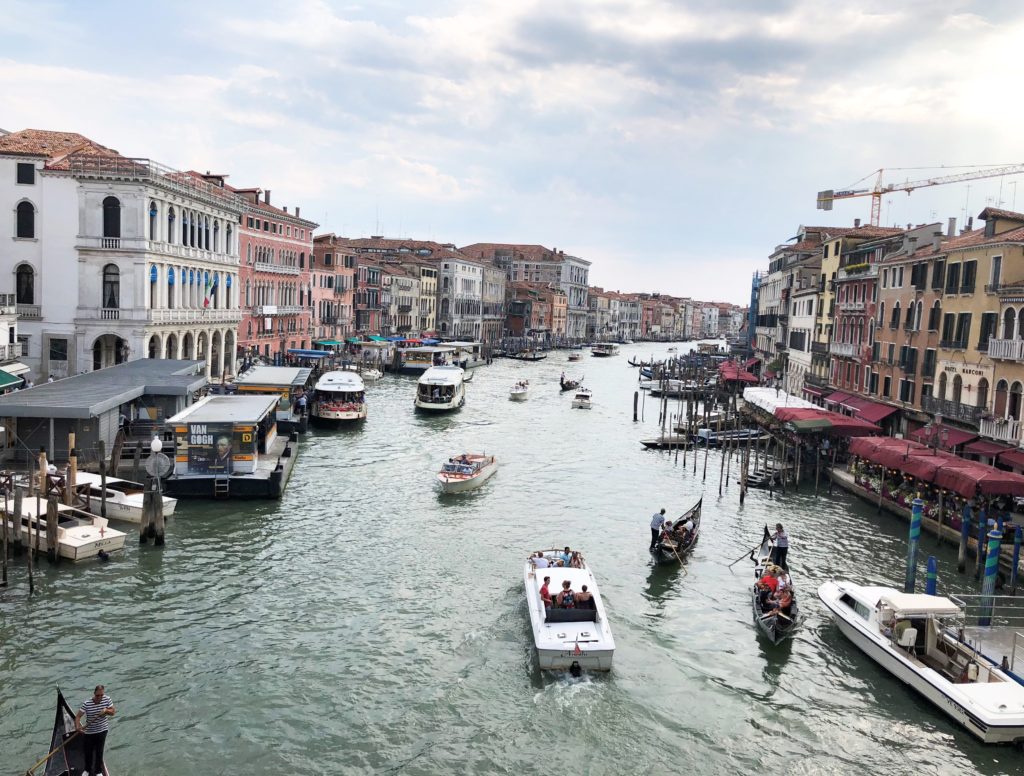

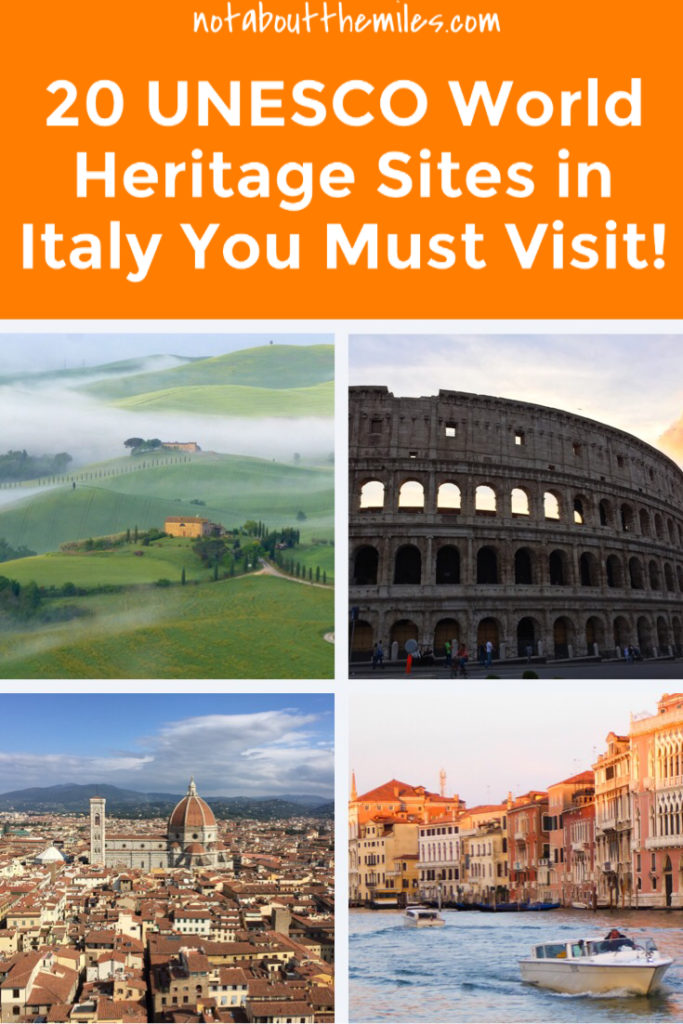
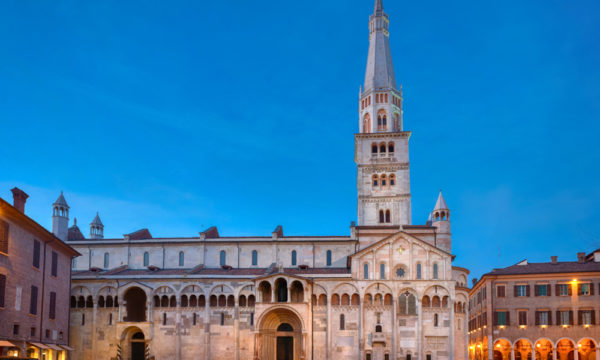
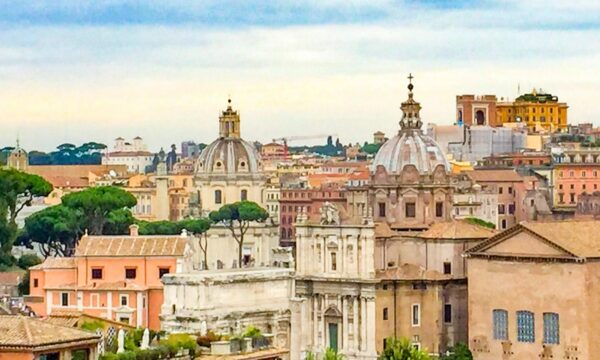

So many options, great to see them all in one post. I have only managed two of these and they were both stunning. Lots more to do.
I have many to do also. Looking forward to it!
So much history and beauty! You would need some awhile to see them all, but how wonderful that will be!
You are right, it will take several visits. I am looking forward to returning to Italy!
Love a UNESCO site, great post!
Thank you! All worth visiting!
Every single site in this story is absolutely gorgeous! But more than the beauty, it is the unique history and cultural contribution that truly make the sites worth visiting. thank you for putting this fantastic list together. I can’t wait to experience some of these Unesco sites in Italy!
I agree! I have enjoyed learning about the history of the sites I have visited so far and look forward to visiting more of them on our next trip.
Just gorgeous, so many places are on my must-see list!
Mine too! They all sound fascinating.
I can imagine the effort that has gone into this wonderful collaboration Dhara. Great job! So many on this list that I am yet to visit. Alberobello is particularly high on my list.
Alberobello does look intriguing, doesn’t it? I have many on the list that I have yet to visit as well!